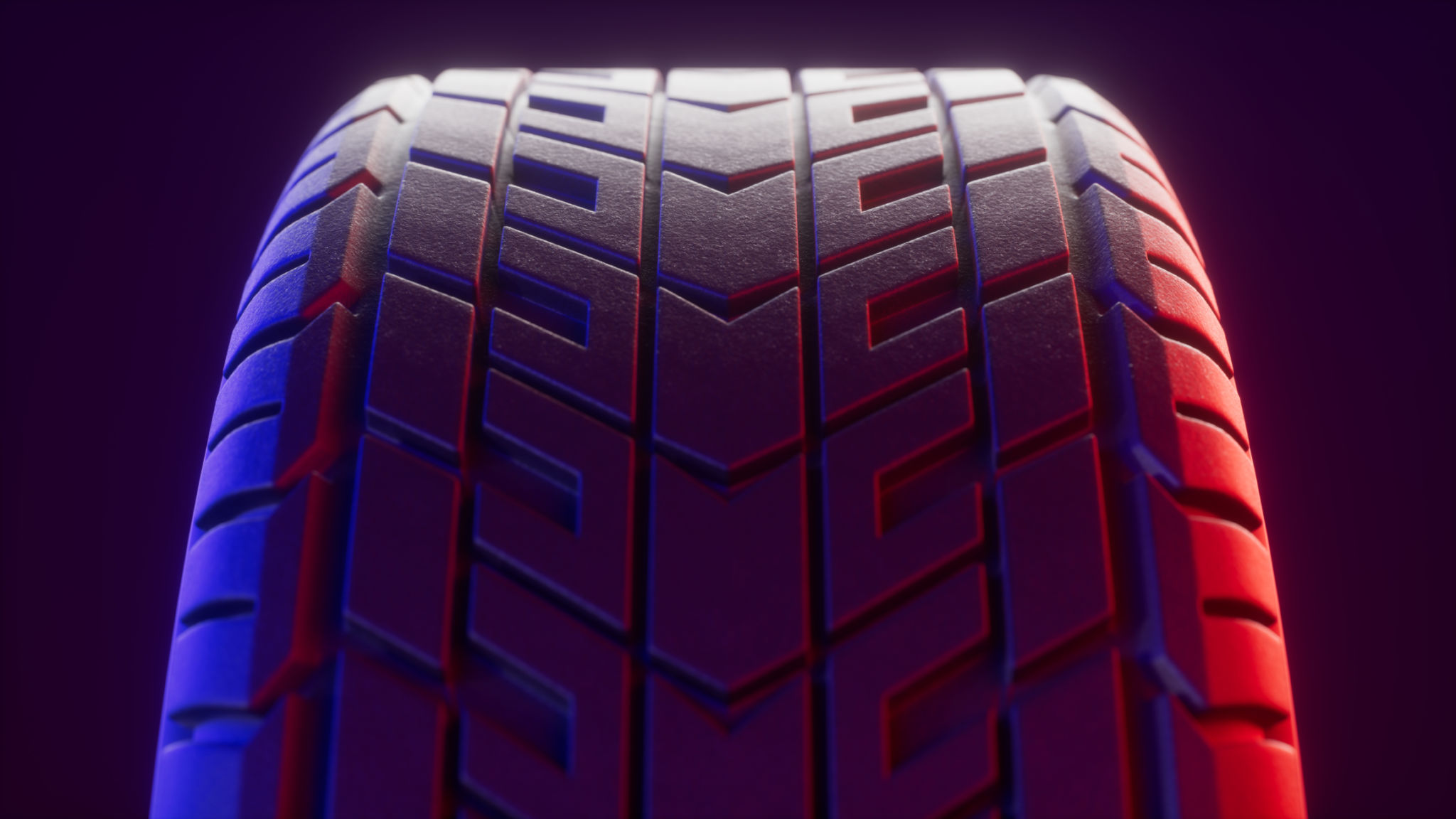Expert Advice: Choosing Between Stage 1, 2, and 3 Remapping
JG
Understanding Remapping Stages
Remapping, also known as ECU tuning, involves modifying the software in a vehicle's engine control unit to enhance performance. This process is typically divided into three stages: Stage 1, Stage 2, and Stage 3. Each stage offers different levels of modifications and performance enhancements. Understanding these stages is crucial for car enthusiasts looking to optimize their vehicles.

Stage 1 Remapping: The Basics
Stage 1 remapping is the most common and accessible form of ECU tuning. It involves adjusting the software in the ECU to improve the engine's efficiency without requiring any hardware changes. This stage typically offers a noticeable increase in horsepower and torque, providing a more responsive driving experience.
The benefits of Stage 1 remapping include:
- Increased Power: Expect gains of 10-20% in horsepower and torque.
- Improved Fuel Efficiency: Better fuel economy due to optimized engine performance.
- No Hardware Changes: Does not require any additional modifications to the vehicle.
Stage 2 Remapping: Enhanced Performance
Stage 2 remapping takes performance enhancement a step further by requiring some hardware modifications. These modifications typically include upgrading the exhaust system, air intake, or intercooler to support increased power output. With these changes, Stage 2 remapping can deliver more significant gains compared to Stage 1.

Key considerations for Stage 2 remapping include:
- Higher Power Gains: Potential increases of 20-30% in performance metrics.
- Hardware Upgrades Required: Modifications like a high-flow exhaust or enhanced cooling systems are necessary.
- Potential Warranty Impact: Some upgrades might affect the vehicle's warranty.
Stage 3 Remapping: Maximum Potential
Stage 3 remapping is for those seeking maximum performance from their vehicles. This stage involves extensive modifications, including advanced engine components and possibly internal engine work. It is typically pursued by racing enthusiasts or those seeking specialized applications. Stage 3 is not for the everyday driver and requires a significant investment of time and money.
Important aspects of Stage 3 remapping include:
- Substantial Performance Gains: Achieve power increases of over 40%, depending on modifications.
- Comprehensive Modifications Required: Extensive upgrades, including turbochargers or engine rebuilds, may be necessary.
- Expert Installation Needed: Professional tuning and installation are critical for safety and performance.

Conclusion: Choosing the Right Stage
Selecting between Stage 1, 2, or 3 remapping depends on your performance goals, budget, and how you use your vehicle. For everyday driving with improved performance, Stage 1 is often sufficient. Those seeking more power with moderate investment might opt for Stage 2. However, if you're aiming for peak performance and are willing to invest heavily, Stage 3 could be the right choice.
Ultimately, consulting with a professional tuner can provide personalized advice and ensure that your vehicle meets your expectations while maintaining reliability and safety. Remember that each stage has unique requirements and impacts on your vehicle, so thorough research and expert guidance are essential before proceeding with any remapping project.
